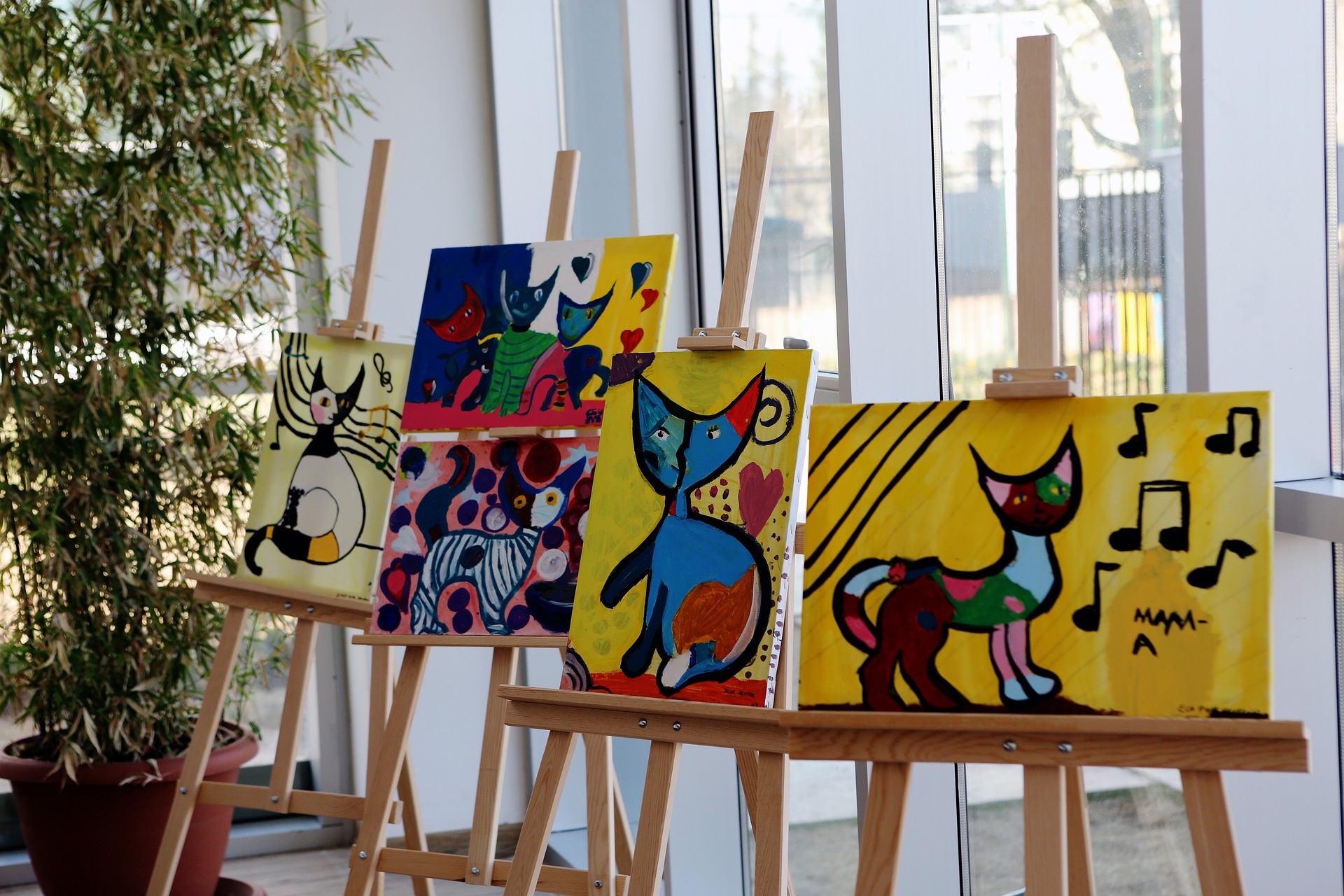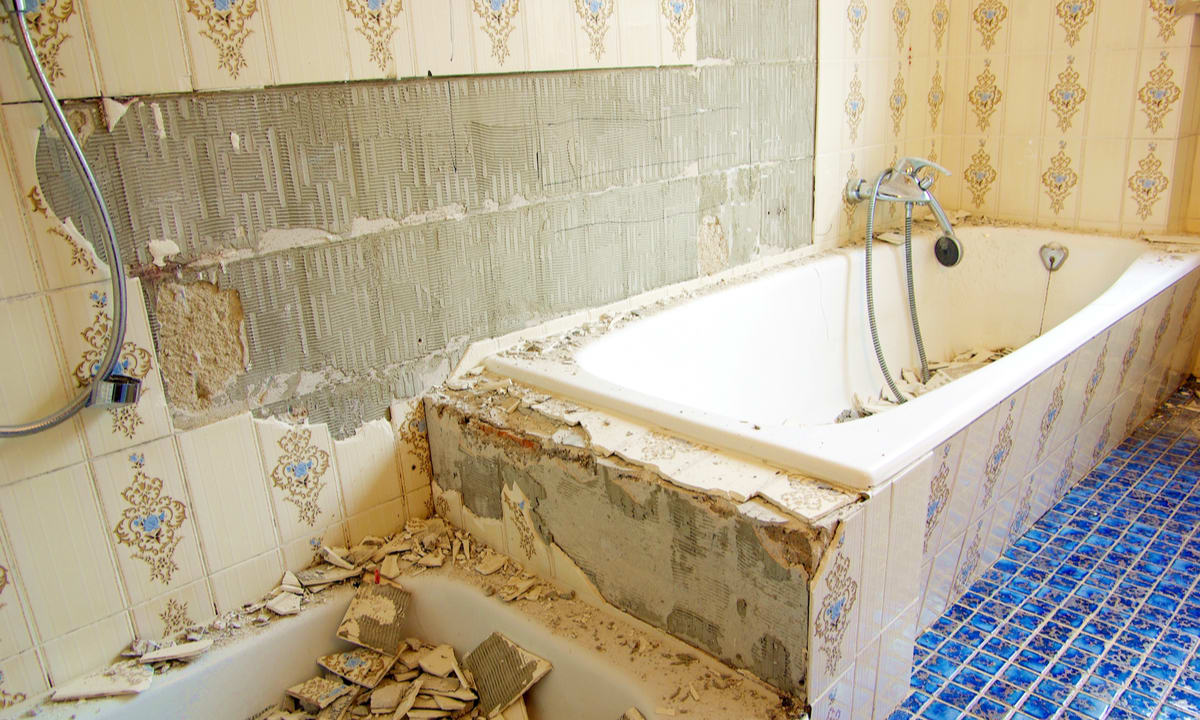Dance Therapy: Aiding Mental Health Through Creative Movement
The world of arts and entertainment often transcends mere amusement and delves into realms of therapeutic healing. Dance therapy, a burgeoning field, intertwines the aesthetics of artistic expression with the science of psychological healing. Dance therapy, also known as dance/movement therapy (DMT), traces its roots back to the 1940s. Spearheaded by pioneers such as Marian Chace and Mary Whitehouse, it emerged as a therapeutic discipline that uses movement as a means to promote emotional, social, cognitive, and physical integration of the individual. Chace, commonly regarded as the "mother of dance therapy," used dance as a tool to connect with her patients who struggled to communicate verbally. Whitehouse, on the other hand, introduced the concept of "movement-in-depth," which involved personal exploration through movement and dance.
Dance Therapy in Contemporary Times
Fast forward to the present day, and dance therapy has gained significant recognition, with numerous research supporting its effectiveness. Professional associations have been formed, and academic programs have been established worldwide to educate aspiring dance therapists. This approach has been employed in a wide range of settings, including hospitals, schools, rehabilitation centers, and nursing homes, and has proven beneficial in treating conditions such as depression, anxiety, autism, and post-traumatic stress disorder.
Impact and Significance of Dance Therapy
Dance therapy is more than just an art form; it is a medium of communication, a bridge that connects the mind and body. By merging movement and emotion, it provides a safe space for individuals to explore their feelings. The physicality of dance allows for the release of pent-up emotions, leading to catharsis. Moreover, it promotes self-awareness, enhances self-esteem and body image, and improves social skills.
Dance Therapy: A Phenomenon of Acceptance and Appreciation
The therapeutic power of dance is undeniably profound. Yet, it is not merely the tangible benefits that have led to its acceptance and appreciation. Dance therapy delves into the heart of human connection, fostering empathy, and understanding. It transcends verbal communication, breaking barriers of language and cultural differences.
Dance Therapy: The Future
The future of dance therapy appears promising. As society becomes more open to alternative methods of treatment, this expressive therapy is expected to gain more traction. Additionally, as research continues to unearth the profound psychological and physiological benefits of dance therapy, its integration into more traditional treatment plans is anticipated.
In conclusion, dance therapy represents the beautiful fusion of art and science, embodying the transformative power of creative expression. As it continues to evolve and gain recognition, it stands as a testament to the healing potential within the realm of arts and entertainment.





